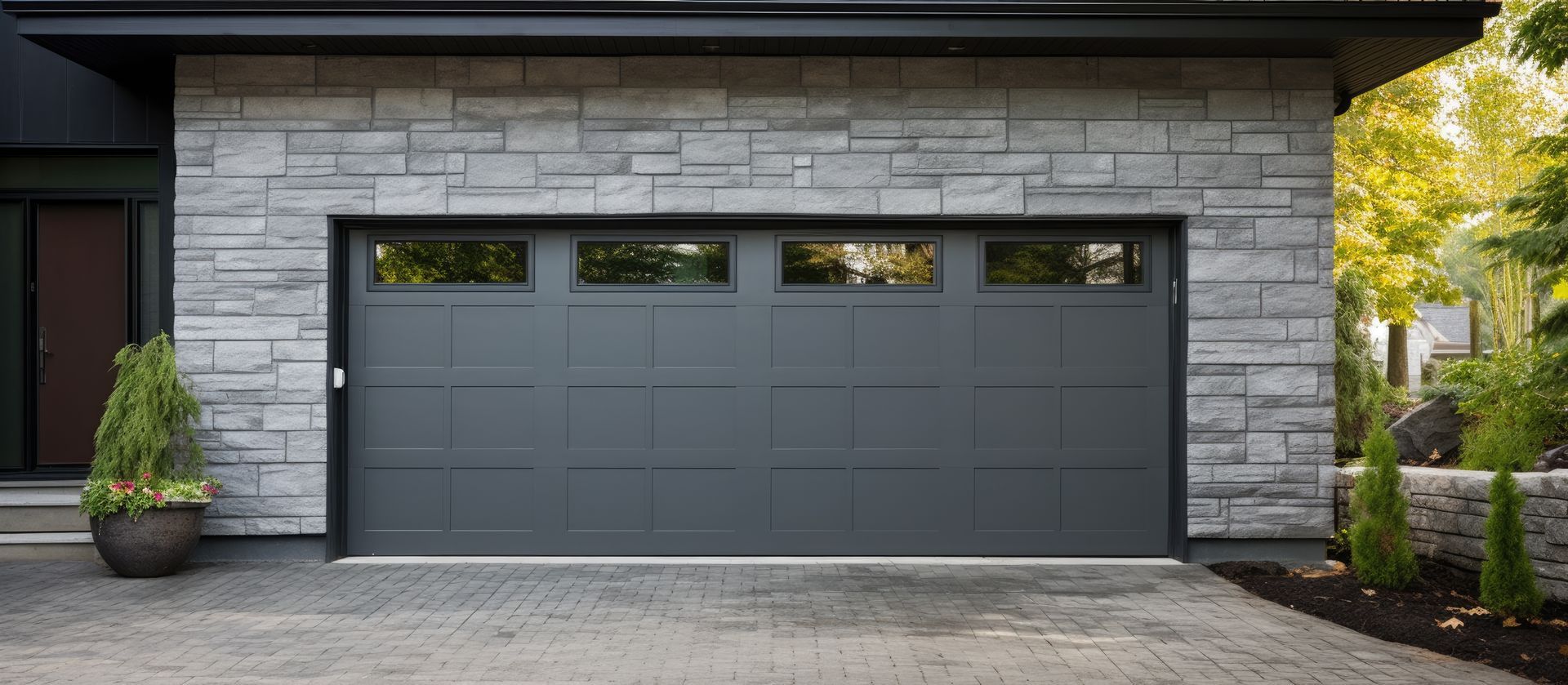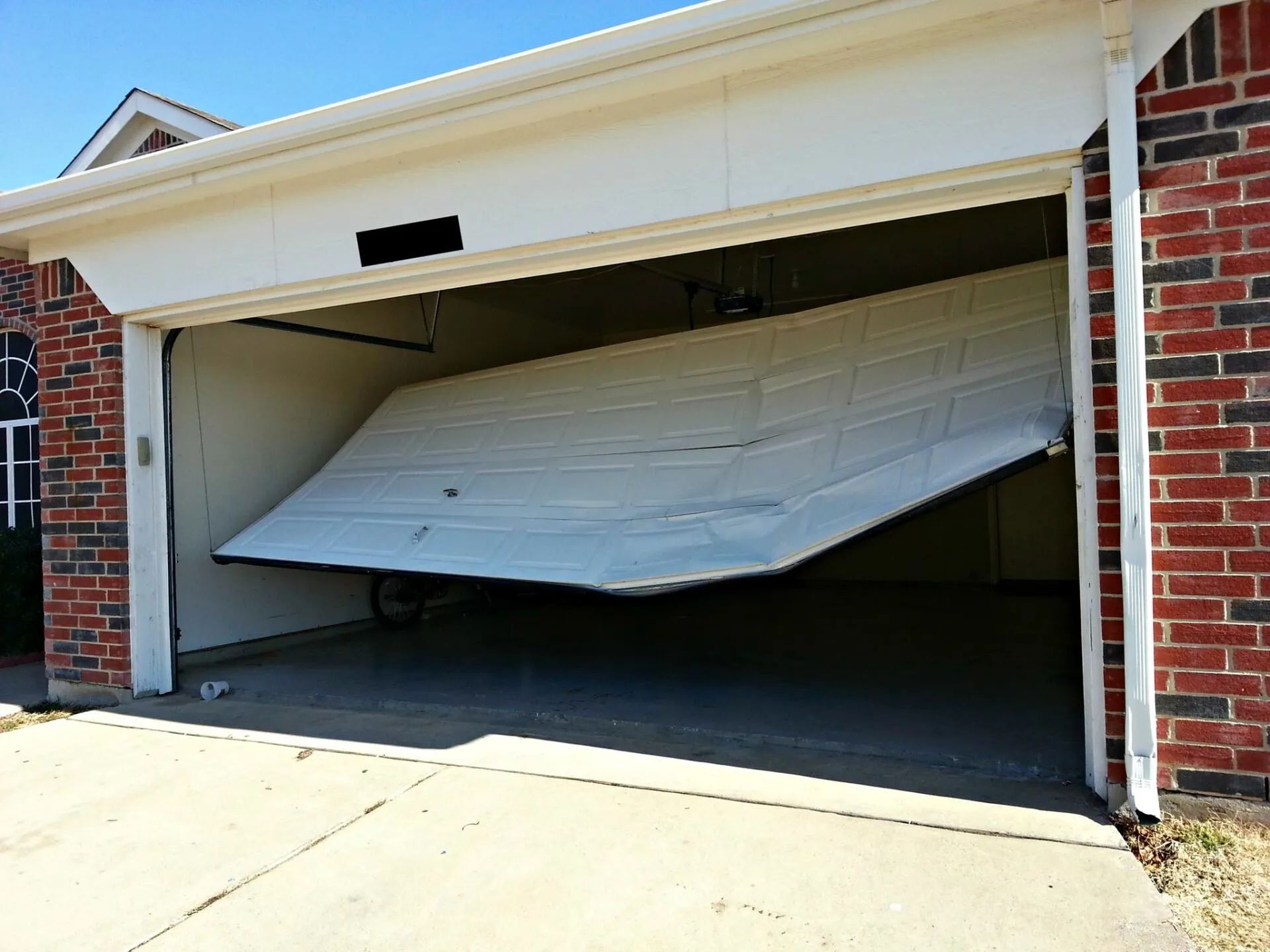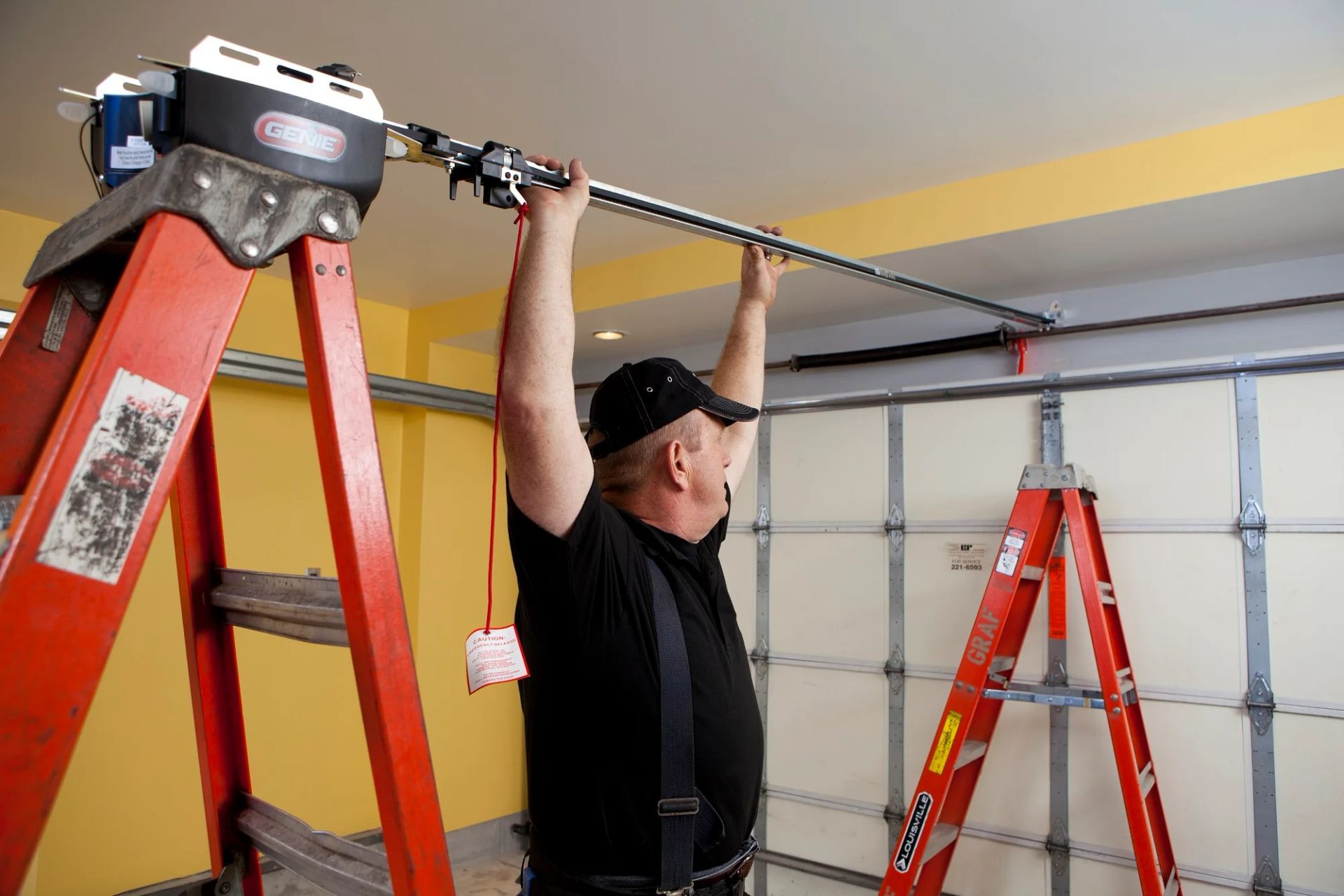My Garage Door Remote Isn’t Working: Troubleshooting Tips

A garage door remote is one of the most convenient tools a homeowner can have—until it stops working. Few things are more frustrating than pressing the button, expecting the garage door to open, and getting nothing in return. While the issue may seem like a big problem, it is often something simple that can be fixed without professional help. This guide will walk through common reasons why a garage door remote might fail and how to troubleshoot the problem effectively. However, if none of these steps work, it may be time to call a professional like JCTZ Garage Doors, a trusted name in Avondale garage doors.
1. Check the Batteries First
One of the most common reasons a garage door remote stops working is dead batteries. It’s easy to overlook, but batteries don’t last forever.
Signs of Dead Batteries
- The remote responds intermittently before failing completely.
- The indicator light on the remote is dim or not turning on at all.
- The garage door opener responds weakly or only works at close range.
How to check and replace the batteries
- Open the battery compartment on the remote.
- Remove the old batteries and insert new ones, ensuring they are properly aligned.
- Close the compartment and test the remote.
If the remote works with fresh batteries, the issue is solved. If not, move on to the next troubleshooting step.
2. Inspect for Signal Interference
Garage door remotes use radio signals to communicate with the opener. If there’s interference, the signal may not reach the receiver, making the remote appear unresponsive.
Common sources of interference
- Nearby Wi-Fi routers or electronic devices
- LED or fluorescent light bulbs in the garage
- Neighboring garage door openers
- Electrical power lines or radio frequency devices
How to fix it
- Try using the remote closer to the garage door opener.
- Turn off nearby electronics and test the remote again.
- Replace LED or fluorescent bulbs with garage-door-friendly alternatives.
- Change the frequency settings on your garage door opener if the manual provides options.
If signal interference is the issue, adjusting the surrounding environment should help restore functionality.
3. Reprogram the Garage Door Remote
Sometimes, the remote loses its programming and needs to be reprogrammed to the opener. This often happens due to power outages, accidental button presses, or interference.
How to reprogram the remote
- Locate the Learn or Program button on the garage door opener (usually found on the motor unit).
- Press and hold the Learn button until the indicator light flashes.
- Press the button on the remote within 30 seconds.
- Wait for the opener light to flash or hear a click, confirming the remote is programmed.
- Test the remote.
If the remote still does not work, the issue may be with the opener itself.
4. Inspect the Garage Door Opener
If none of the above steps resolve the issue, the problem might lie within the garage door opener itself.
How to check the opener
- Try using the wall-mounted button to open the door. If it works, the remote may be faulty.
- Check the power source. If the opener is unplugged or the circuit breaker has tripped, restore power.
- Look for any blinking lights or error codes on the opener.
If the opener isn’t responding to any controls, it may require professional servicing.
5. Clean and Inspect the Remote
Sometimes, a remote just needs a little maintenance. Dirt, dust, or moisture can interfere with the buttons and internal components.
Steps to clean the remote
- Remove the batteries.
- Use a small brush or compressed air to clean around the buttons.
- Wipe the surface with a dry cloth.
- Ensure the battery contacts are free of corrosion.
Once cleaned, reinsert the batteries and test the remote.
6. Check the Garage Door Sensors
Garage doors have safety sensors that can sometimes cause issues if they become misaligned or obstructed.
How to troubleshoot sensors
- Ensure the sensors are aligned properly and facing each other.
- Clean the sensors with a dry cloth to remove dust or dirt.
- Remove any objects blocking the sensors.
If the sensors are malfunctioning, the garage door may not close properly or could refuse to open altogether.
7. Call a Professional
If none of the troubleshooting steps restore functionality, it’s time to call a professional. Some problems require specialized tools and expertise, especially if the issue lies within the garage door opener’s internal components.
Signs you need expert help
- The opener does not respond to any remotes or keypads.
- The opener makes unusual noises or has blinking error lights.
- The garage door opens and closes inconsistently.
- The remote works sporadically even after replacing batteries and reprogramming.
- The wall-mounted control button is also unresponsive.
If it’s not only your remote acting up, here’s a Garage Door Emergency: Quick Fixes to Get You Back on Track guide.
Why Call a Professional?
While DIY troubleshooting can solve many garage door remote issues, some problems require expert intervention. Electrical faults, faulty receiver units, or damaged circuit boards are not easily fixable without professional training. Additionally, frequent remote malfunctions could indicate deeper issues with the garage door opener that need proper diagnosis. Calling JCTZ Garage Doors ensures the problem is identified and resolved efficiently, restoring convenience and security to your home.
For homeowners in need of expert garage door repair, JCTZ Garage Doors provides reliable solutions for Avondale garage doors. Their team can diagnose and fix even the most complex issues quickly and efficiently.
8. How to Prevent Future Remote Issues
While troubleshooting can fix current issues, prevention is the best way to avoid future remote malfunctions. Here are some tips:
Routine Maintenance Tips
- Replace remote batteries once a year, even if they aren’t dead.
- Store remotes in a dry, cool place to prevent damage.
- Keep the garage door opener unit clean and free from dust accumulation.
- Schedule annual inspections with JCTZ Garage Doors to ensure everything is functioning properly.
Conclusion: Get Your Garage Door Remote Working Again
A non-working garage door remote can be an inconvenience, but in most cases, it’s an easy fix. By checking the batteries, troubleshooting for signal interference, reprogramming the remote, and inspecting the opener, homeowners can often resolve the issue without professional help. However, when DIY fixes don’t work, calling an expert like JCTZ Garage Doors ensures the problem gets resolved correctly.
Need help with your Avondale garage doors?
Contact JCTZ Garage Doors today for expert service and peace of mind!
Seamless Solutions for Every Garage Door Need
At JCTZ Garage Doors, we deliver precision, reliability, and innovation. From expert repairs to custom installations, our services ensure your garage door functions flawlessly, keeping your home secure and stylish. Experience effortless operation with cutting-edge technology and unmatched craftsmanship, tailored just for you.
Garage Door Repair
Our skilled technicians swiftly diagnose and fix any garage door issue, from faulty tracks to damaged panels, ensuring your door operates smoothly and safely.
Garage Door Maintenance
Preventive care is key to longevity. Our maintenance service keeps your garage door in top condition, identifying and addressing potential problems before they escalate.
Garage Door Installation
Trust us for seamless installation of high-quality garage doors. Our expert team customizes solutions to match your style and security requirements.
Garage Door Opener Installation
Upgrade your garage with a new opener for convenience and security. Our installation service ensures seamless integration and reliable performance.
Garage Opener Repair
If your opener is malfunctioning, we provide efficient repairs to restore effortless door operation, ensuring convenience and security.
Garage Door Spring Repair
We specialize in garage spring repair, ensuring your door operates safely and efficiently. Our experts replace or adjust springs to balance the door's weight effectively.
The Valleys Top Garage Door Repair Company
JCTZ GARAGE DOORS PROUDLY Serving Buckeye, AZ, and Surrounding Phoenix Area
Our range of garage door services caters to all Buckeye, AZ, residents and the surrounding Phoenix area. We are committed to delivering top-quality service and ensuring customer satisfaction in every job we undertake. Whether you need a minor repair or a complete garage door replacement, you can trust JCTZ Garage Doors to provide the best solutions for your needs.
Contact Us Today 623-335-3699
For reliable garage door repair, maintenance, and installation services in Buckeye, AZ, and the surrounding Phoenix area, contact JCTZ Garage Doors. Call us today at 623-335-3699 to schedule an appointment or to learn more about our services. Let us help you keep your garage door in perfect working condition!
Maricopa County
- Palm Valley
- Wickenburg
- Youngtown
- Litchfield Park
- Carefree
- Cave Creek
- Gila Bend
- Paradise Valley
- New River
- Anthem
- Sun City
- Sun City West
- Sun Lakes
- Rio Verde
- Tonopah
- Ajo
Copyright © JCTZ Garage Doors - Site design and SEO provided by ALKOR SEO







